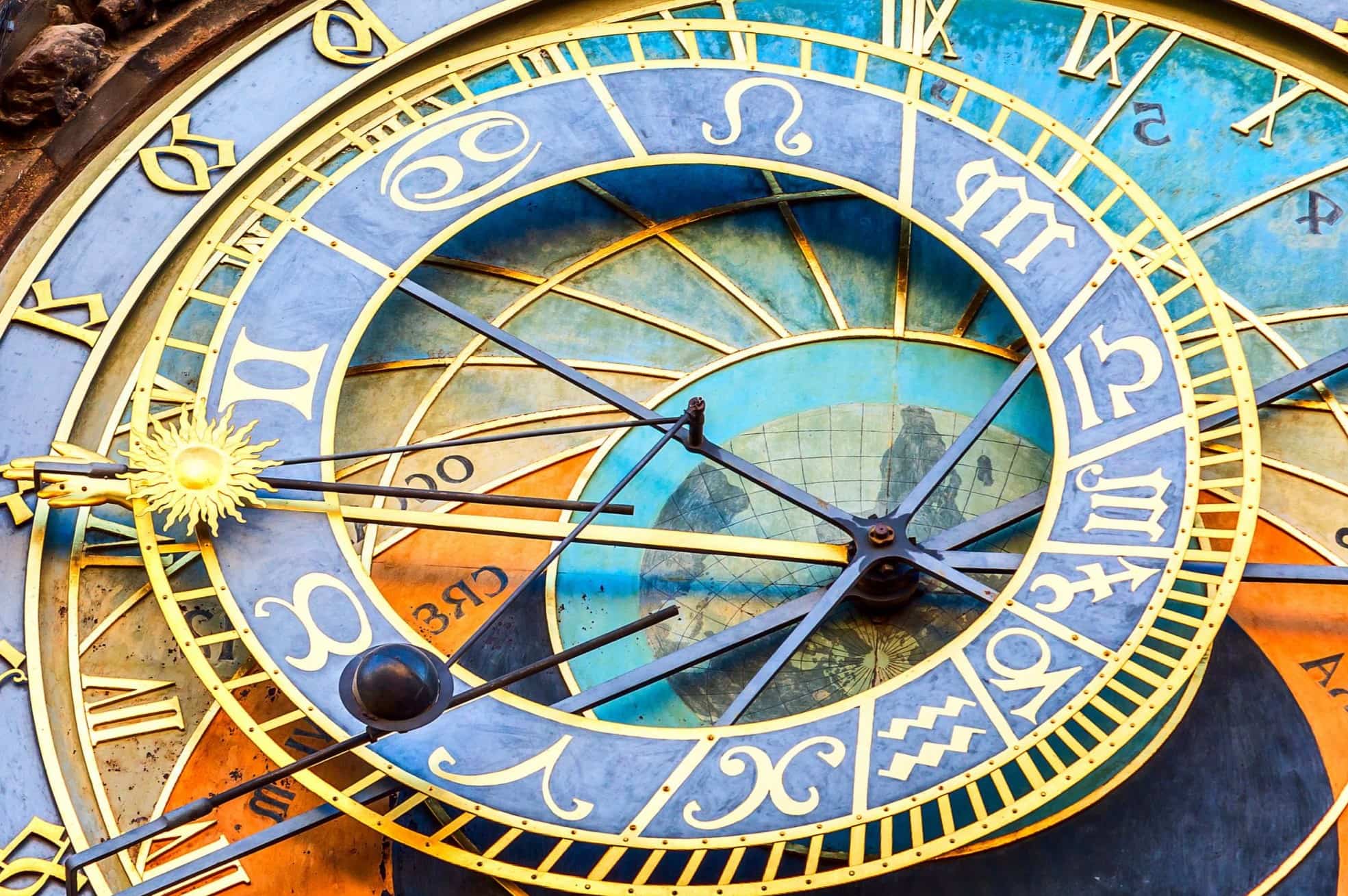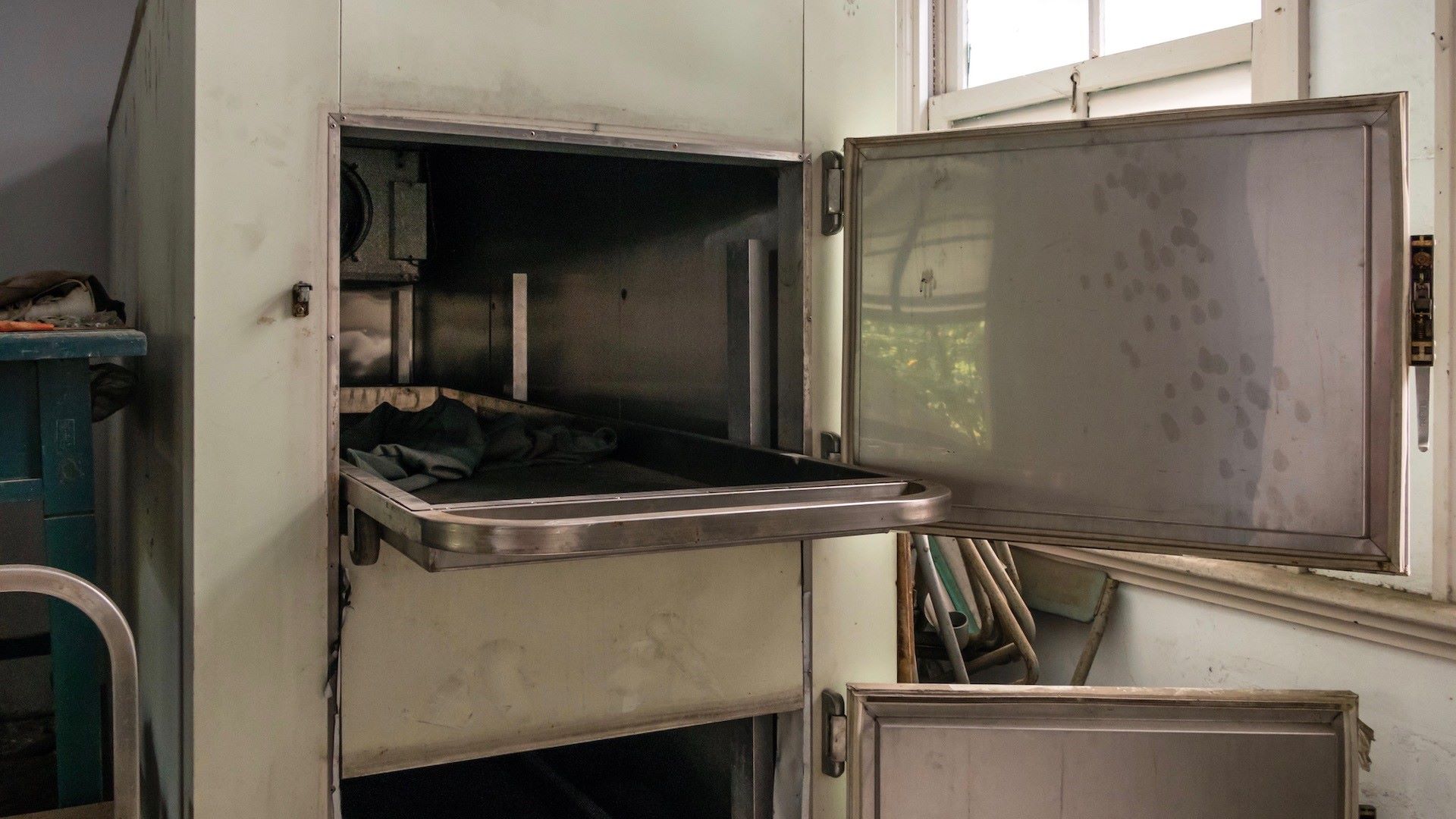
How did humans learn to measure time? Timekeeping has been a crucial part of human civilization for thousands of years. From ancient solstice markers like Stonehenge to modern atomic clocks, our methods of measuring time have evolved dramatically. Early civilizations relied on the movement of celestial bodies, while innovations like sundials, water clocks, and mechanical clocks brought more precision. The invention of the pendulum clock by Christiaan Huygens in 1656 marked a significant leap in accuracy. Today, atomic clocks, regulated by cesium atoms, offer unparalleled precision. This journey through timekeeping history showcases human ingenuity and our relentless pursuit of accuracy.
Key Takeaways:
- Timekeeping has been crucial to human civilization since ancient times, with early societies using natural phenomena to track time. This led to the development of sophisticated timekeeping devices and cultural contributions, shaping the way we measure time today.
- The invention of mechanical clocks in Europe marked a significant leap in timekeeping technology, leading to the development of pendulum clocks and, eventually, atomic clocks. Timekeeping continues to evolve, impacting various aspects of society and culture.
The Dawn of Timekeeping
Timekeeping has been essential to human civilization since ancient times. Early societies relied on natural phenomena to track time, which laid the foundation for more sophisticated methods.
-
Ancient Observations: Early civilizations observed the movement of astronomical bodies to understand time. This knowledge was crucial for agriculture and seasonal events.
-
Solstice Markers: The oldest clocks were solstice markers, tracking the sun's movement along the horizon. Stonehenge in the UK and Newgrange in Ireland are famous examples.
-
Duodecimal System: The Ancient Egyptians and Babylonians introduced the duodecimal system, based on 12. This system is why we have 12 months in a year, 24 hours in a day, and 60 minutes in an hour.
Early Timekeeping Devices
As societies advanced, they developed more sophisticated devices to measure time accurately. These innovations were crucial for daily life and religious practices.
-
Sundials: Used as early as 3,500 years ago, sundials measured time using the shadow of a vertical stick. They had to face east in the morning and west at noon for accuracy.
-
Clepsydras: Also known as water clocks, clepsydras tracked time by regulating water flow between vessels. Su Song, a Chinese inventor, built a ten-meter-high water clock in 1088.
-
Egyptian Water Clocks: Around 1500 BCE, Egyptians developed water clocks like the Karnak Clepsydra, a tapered vessel with lines marking different hours for each month.
Cultural Contributions to Timekeeping
Different cultures contributed unique innovations to the field of timekeeping, each adding to the collective knowledge.
-
Babylonian Influence: Babylonians used sundials and water clocks, associating the number twelve with the divine, influencing the 12-hour day and 12-month year.
-
Greek Contributions: Greeks advanced time measurement with sundials and more sophisticated methods, though their clocks were less accurate than Babylonian ones.
-
Chinese Innovations: In the 6th century, the Chinese developed incense clocks and large astronomical clocks displaying astronomical data.
-
Islamic Water Clocks: Medieval Islamic water clocks were renowned for their accuracy and complexity, often featuring intricate designs.
The Mechanical Revolution
The invention of mechanical clocks in Europe marked a significant leap in timekeeping technology, leading to more accurate and reliable devices.
-
Mechanical Clocks: Around the 13th century, Europe saw the invention of mechanical clocks using a verge and foliot mechanism powered by falling weights.
-
Henry de Vick’s Clock: Designed around 1360, Henry de Vick’s clock established the basic design for mechanical clocks used for the next 300 years.
-
Mainspring Invention: The early 15th-century invention of the mainspring allowed for smaller, portable mechanical clocks.
The Pendulum Era
The discovery of harmonic oscillators led to the development of pendulum clocks, significantly improving timekeeping accuracy.
-
Pendulum Clocks: Leonardo da Vinci drew the earliest known pendulum in 1493-1494, and Galileo Galilei studied its regular swing in 1582.
-
Christiaan Huygens’ Clock: In 1656, Christiaan Huygens designed the first pendulum clock, which was much more accurate than previous mechanical clocks.
-
Striking Clocks: Innovations included striking clocks, repeating clocks, and the deadbeat escapement, enhancing accuracy and functionality.
Ancient Observatories and Calendars
Ancient structures and calendars played a crucial role in early timekeeping, helping societies track celestial events and seasons.
-
Stonehenge as an Observatory: Stonehenge likely served as an astronomical observatory, aligned to highlight equinoxes and solstices.
-
Warren Field Calendar: Dating back to around 800 BCE, the Warren Field calendar monument is the oldest lunisolar calendar found.
-
Aboriginal Australian Calendars: Aboriginal Australians used lunar phases and the Sun's position to construct calendars and aid navigation.
-
Mesoamerican Calendars: Mesoamericans used a modified base-20 counting system to create a 360-day year, reflecting their unique astronomical observations.
The Atomic Age
The 20th century saw the invention of atomic clocks, marking a significant leap in timekeeping accuracy.
-
Atomic Clocks: These clocks are regulated by an isotope of the cesium atom and are accurate to within a few seconds over thousands of years.
-
Cesium-133 Atom: Atomic clocks use the cesium-133 atom, which emits or absorbs radiation at a frequency of 9,192,631,770 cycles per second, defining the modern second.
-
Leap Seconds: To align atomic clocks with Earth's rotation, the Bureau International des Poids et Mesures inserts a leap second into the year.
-
Global Timekeeping Standards: The Bureau collects data from atomic clocks worldwide, with contributions from the U.S. National Institute of Standards and Technology and the Naval Observatory in Washington, D.C.
-
NIST’s Cesium Fountain Clock: This clock is so accurate it will neither gain nor lose a second in 20 million years.
Modern Innovations and Cultural Impact
Timekeeping continues to evolve, impacting various aspects of society and culture.
-
French Decimal System Attempt: During the French Revolution, there was an attempt to base timekeeping on the decimal system, with 100 minutes in an hour and 10 hours in a day, but it never gained widespread acceptance.
-
Quartz Crystal Clocks: Introduced in 1928, quartz crystal clocks used quartz crystals to regulate timekeeping, making them more accurate and reliable.
-
Atomic Clocks and Science: Atomic clocks are crucial for calibrating other clocks and timekeeping instruments, ensuring precise timing in scientific experiments.
-
Historical Impact of Timekeeping: Timekeeping devices have influenced agriculture, navigation, trade, and cultural practices, such as increased punctuality and organizational efficiency in Europe.
-
Technological Advancements: Each innovation in timekeeping technology has built upon previous discoveries, reflecting human ingenuity and perseverance.
-
Cultural Significance: Timekeeping devices have held cultural significance, from decorative sundials and water clocks to modern wristwatches and smartphones as fashion accessories.
-
Navigation and Exploration: Accurate timekeeping has been crucial for navigation and exploration, enabling sailors and travelers to navigate vast distances with greater accuracy.
-
Scientific Research: Precise timekeeping is essential in scientific research, with atomic clocks playing a vital role in maintaining this precision.
-
Everyday Life: Timekeeping is integral to everyday life, from scheduling appointments to coordinating global events, underscoring its importance.
-
Future Developments: Future advancements in timekeeping will likely be driven by innovations in quantum mechanics and nanotechnology, leading to even more precise methods.
The Evolution of Timekeeping
Timekeeping has come a long way from ancient solstice markers to today's atomic clocks. Early civilizations like the Egyptians and Babylonians laid the groundwork with sundials and water clocks. The Greeks and Chinese added their own innovations, while medieval Islamic scholars refined water clocks further. The 13th century saw the birth of mechanical clocks, which evolved into pendulum clocks thanks to pioneers like Christiaan Huygens. The 20th century introduced quartz crystal clocks and, eventually, atomic clocks, which are incredibly precise. Each advancement has built on the last, reflecting our growing understanding of time. Timekeeping has shaped agriculture, navigation, science, and daily life. As technology advances, future timekeeping methods will likely become even more precise, continuing to transform our world. Accurate time measurement remains crucial, impacting everything from scientific research to everyday activities.
Frequently Asked Questions
Was this page helpful?
Our commitment to delivering trustworthy and engaging content is at the heart of what we do. Each fact on our site is contributed by real users like you, bringing a wealth of diverse insights and information. To ensure the highest standards of accuracy and reliability, our dedicated editors meticulously review each submission. This process guarantees that the facts we share are not only fascinating but also credible. Trust in our commitment to quality and authenticity as you explore and learn with us.


